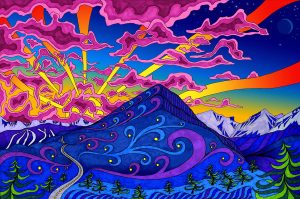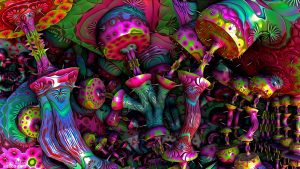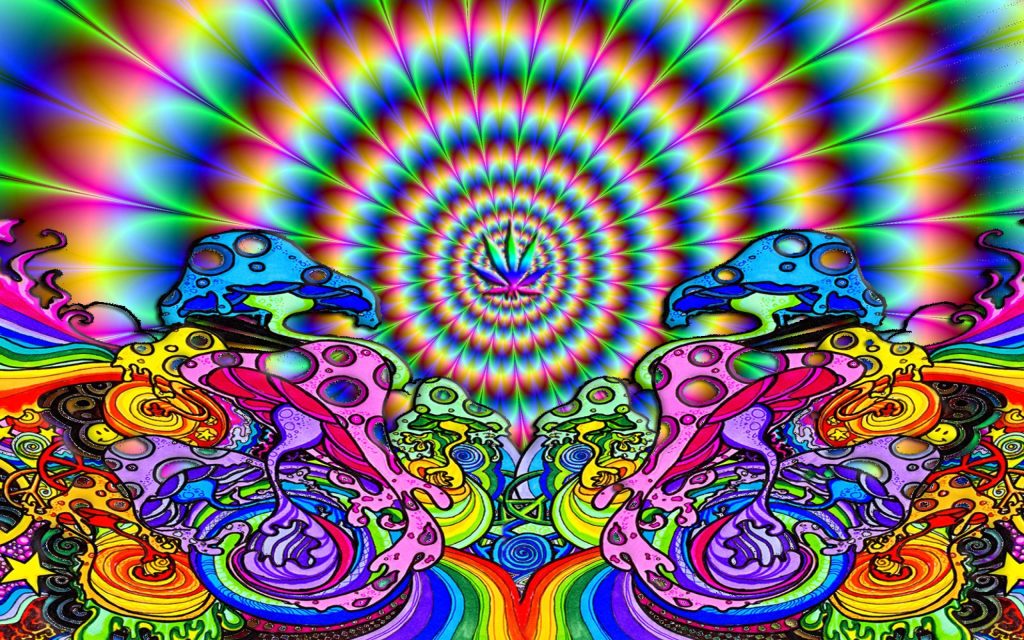Uncategorized
Psychedelic Definition Demystified: What You Need to Know
In a world where human consciousness constantly seeks to explore the uncharted territories of the mind, psychedelics have emerged as a compelling subject. These powerful substances have fascinated, inspired, and intrigued generations, often leading to profound experiences and shifts in perception. The term ‘psychedelic definition’ is loaded with meaning, connotations, and misconceptions. This magazine-style blog invites you to embark on a journey into the world of psychedelics, diving deep into the very essence of their definition and the transformative experiences they offer.
A Voyage into the Mind’s Eye: The Essence of Psychedelics

Embarking on a voyage into the mind’s eye allows us to unravel the profound essence of psychedelics, substances that have long fascinated and mystified both scientists and seekers of altered states of consciousness. Psychedelics, a class of psychoactive compounds, encompass a wide array of substances such as psilocybin, LSD, DMT, and mescaline, each offering a unique passage into the uncharted territories of the human mind. These compounds are revered for their ability to break down the confines of ordinary perception, leading to intense sensory experiences, profound insights, and transcendent journeys. Understanding why psychedelics are regarded as gateways to altered states of consciousness delves deep into the intricate interplay between these compounds and the intricate architecture of the human brain. As we embark on this exploration, we’ll uncover how psychedelics have been used in ancient rituals, modern therapy, and personal quests for enlightenment, providing us with the tools to decode the profound mysteries of the mind and consciousness, ultimately enriching our comprehension of the psychedelic definition.
The Psychedelic Renaissance: Revival and Research
The resurgence of psychedelic research represents a paradigm shift in the scientific and medical communities, shedding new light on the Psychedelic Definition. After decades of stigma and legal restrictions, psychedelics are making a remarkable comeback in the form of rigorous scientific inquiry. Researchers are rekindling interest in substances like psilocybin, LSD, and MDMA, aiming to understand their therapeutic potential. These studies have opened new avenues for exploring how these compounds can benefit mental health, with a particular focus on conditions such as depression, anxiety, PTSD, and addiction. The revival of psychedelic research is driven by a growing body of evidence that suggests these substances, when administered in controlled settings, can offer transformative experiences that prompt profound psychological healing. As more studies are conducted and the therapeutic applications of psychedelics become increasingly evident, the Psychedelic Renaissance not only challenges old stigmas but also raises hopes for innovative mental health treatments that may reshape the way we approach healing and well-being in the 21st century. This resurgence underscores the importance of rigorous research, responsible use, and the potential for psychedelics to contribute to the future of medicine and mental health care.
Altered Realities: The Science Behind Psychedelic Effects

Understanding the science behind psychedelic effects is akin to unlocking the secrets of the mind. Delving into the neurobiology of these substances reveals the intricate dance they perform within the human brain. Psychedelics, such as psilocybin, LSD, and DMT, work by interacting with the brain’s serotonin receptors, particularly the 5-HT2A receptor. This interaction leads to a cascade of effects, altering the brain’s typical patterns of information processing. Perception, cognition, and emotions are all profoundly affected as the boundaries between the self and the external world become blurred. Psychedelics seem to release a flood of novel connections within the brain, allowing regions that don’t typically communicate to interact. These effects can result in vivid hallucinations, heightened creativity, and even mystical or spiritual experiences. The study of psychedelic neurobiology is still an evolving field, but as we delve deeper into it, we gain insights not only into the brain’s potential but also into the nature of consciousness itself.
From Ancient Rituals to Modern Therapy: A Historical Perspective
Exploring the historical trajectory of psychedelic use is a captivating journey through time and across cultures. From ancient rituals to contemporary therapeutic applications, the utilization of psychedelics has woven itself into the fabric of human history. In ancient civilizations, these substances were often employed in shamanic rituals, where they were believed to connect individuals with the spirit world, facilitate healing, and offer insights into the mysteries of existence. As time progressed, so did the relationship with psychedelics. The mid-20th century saw their emergence in Western culture as a means of expanding consciousness and self-discovery. However, due to concerns related to misuse and adverse effects, many psychedelics were classified as illegal substances in the late 1960s. In recent years, a resurgence of interest in the therapeutic potential of psychedelics has sparked a new chapter in their history. Rigorous scientific research and clinical trials have explored their effectiveness in treating conditions such as depression, post-traumatic stress disorder (PTSD), and anxiety. This historical perspective underscores the cyclical nature of our relationship with psychedelics, revealing that as we revisit their use in modern therapy, we are also, in many ways, returning to the wisdom of ancient traditions, highlighting their enduring and transformative qualities.
Mind Expansion or Psychedelic Therapy? Two Sides of the Coin

The duality of psychedelic experiences is a fascinating and often debated aspect of their use. On one side of the coin, we have individuals seeking mind expansion and self-discovery through psychedelics. For them, these substances serve as a key to unlocking the doors of perception, offering insights, creativity, and spiritual experiences. They venture into the realm of altered states to explore the boundaries of consciousness, pushing the limits of human perception. This exploration is at the core of the psychedelic definition.
On the other side, psychedelics are harnessed as powerful therapeutic tools. In clinical settings, substances like psilocybin, MDMA, and LSD are administered with a precise intent to treat conditions like depression, PTSD, and addiction. These experiences are guided by professionals, offering patients a structured journey within the realms of their psyche, helping them confront past traumas or navigate existential questions. This therapeutic side of psychedelics is gaining recognition and acceptance within the medical and psychological communities, expanding the boundaries of the psychedelic definition and its potential applications.
The duality of psychedelics highlights the vast spectrum of their effects and potential applications. They are not confined to any single purpose but rather reveal the malleability of human consciousness. Whether pursued by self-discovery or harnessed as tools for healing, psychedelics continue to push the boundaries of our understanding of the mind and its remarkable ability to adapt, evolve, and explore, ultimately contributing to the ever-evolving psychedelic definition.
Challenging Stigmas: The Safe Use of Psychedelics
Discuss harm reduction practices, responsible use, and how to approach psychedelics safely and mindfully.
Beyond Words: Art, Creativity, and Psychedelic Inspiration
Discover how psychedelics have influenced art, music, and creativity throughout history and continue to do so today.
The Future of Psychedelics: Legalization, Cultural Impact, and Exploration
Wrap up the journey by speculating on the future of psychedelics, considering their potential impact on society and personal growth.
Unraveling the Mysteries of Psychedelic Influence
Decoding the psychedelic definition takes us on an intellectual and spiritual expedition. As these unique compounds continue to captivate the human psyche, their influence on culture, science, and individual consciousness remains a profound mystery, begging to be unraveled. It’s a journey of self-discovery, therapeutic potential, and intellectual exploration, offering insights into the profound mysteries of altered states of consciousness.


